COMSOL Multiphysics® 6.4 Release Highlights
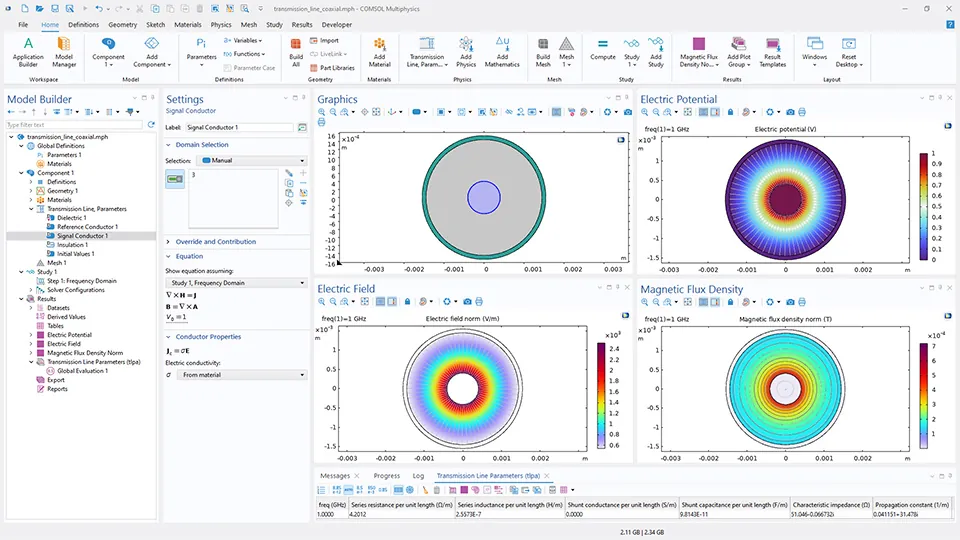
For users of the RF Module, COMSOL Multiphysics® version 6.4 introduces simplified transmission line modeling, a new feature for streamlined metamaterial design, and enhanced far-field functionality for optimization and polarization analysis. Learn about these updates and more below. Read more FOTO:
Scale-Adaptive Unsteady Turbulent Flow Simulations
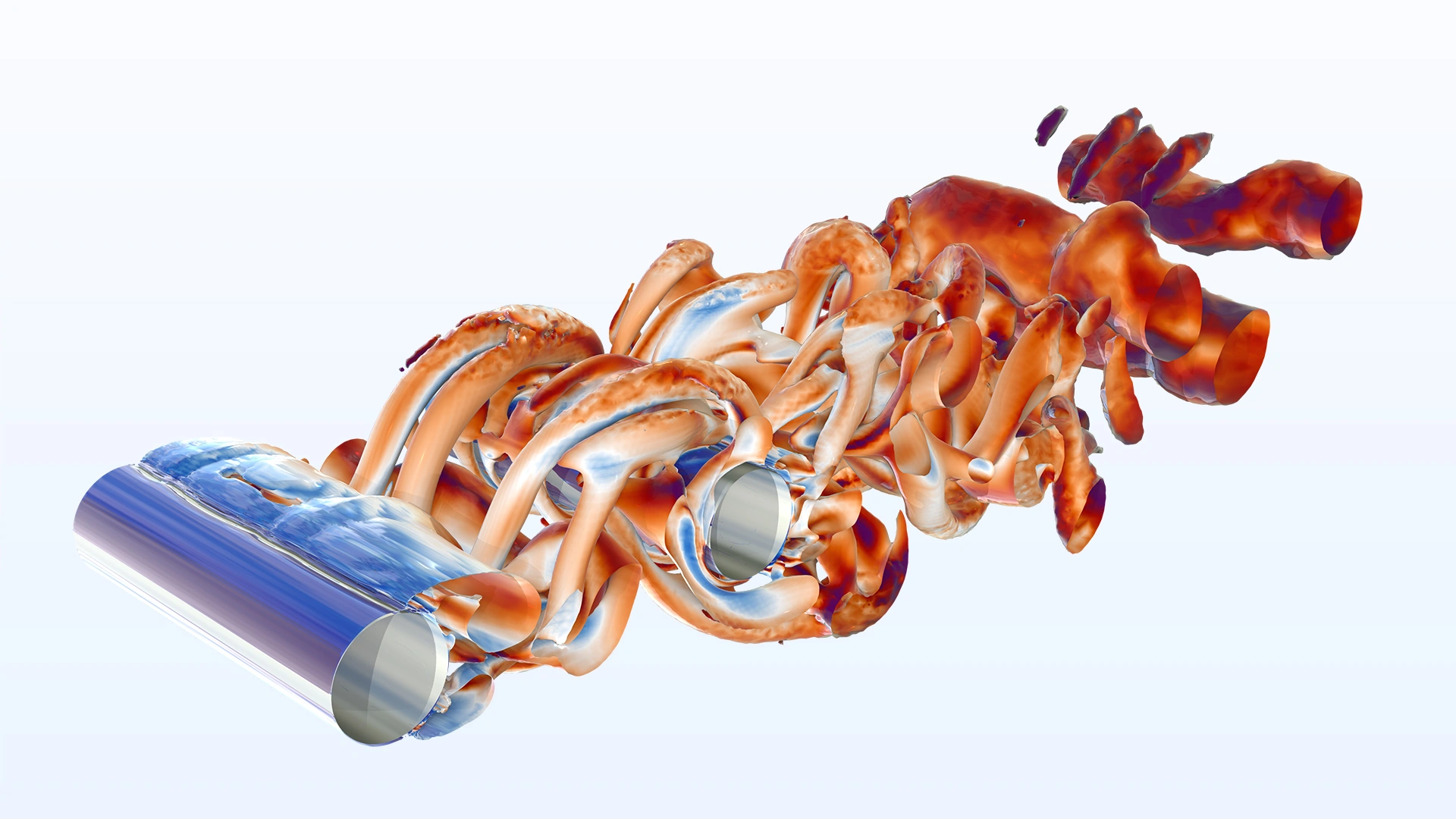
The Turbulent Flow, SST interface now supports scale-adaptive simulation (SAS) by incorporating the von Kármán length scale into the turbulence model. This approach resolves a broader range of turbulent scales and provides highly detailed flow fields. SAS can be applied in multiphysics contexts such as fluid–structure interaction, reacting flow, nonisothermal flow, and flow-induced noise, delivering more…
Shooting for the Stars: The History of Astrophotography
It’s no surprise that as soon as we could, people were trying to take photographs of the stars. Nowadays, our expertise in astrophotography has only improved, with image quality getting higher and subjects getting further away. Let’s dive into the history of astrophotography and see just how far we’ve come.
Highlights from the COMSOL Conference 2025 Boston
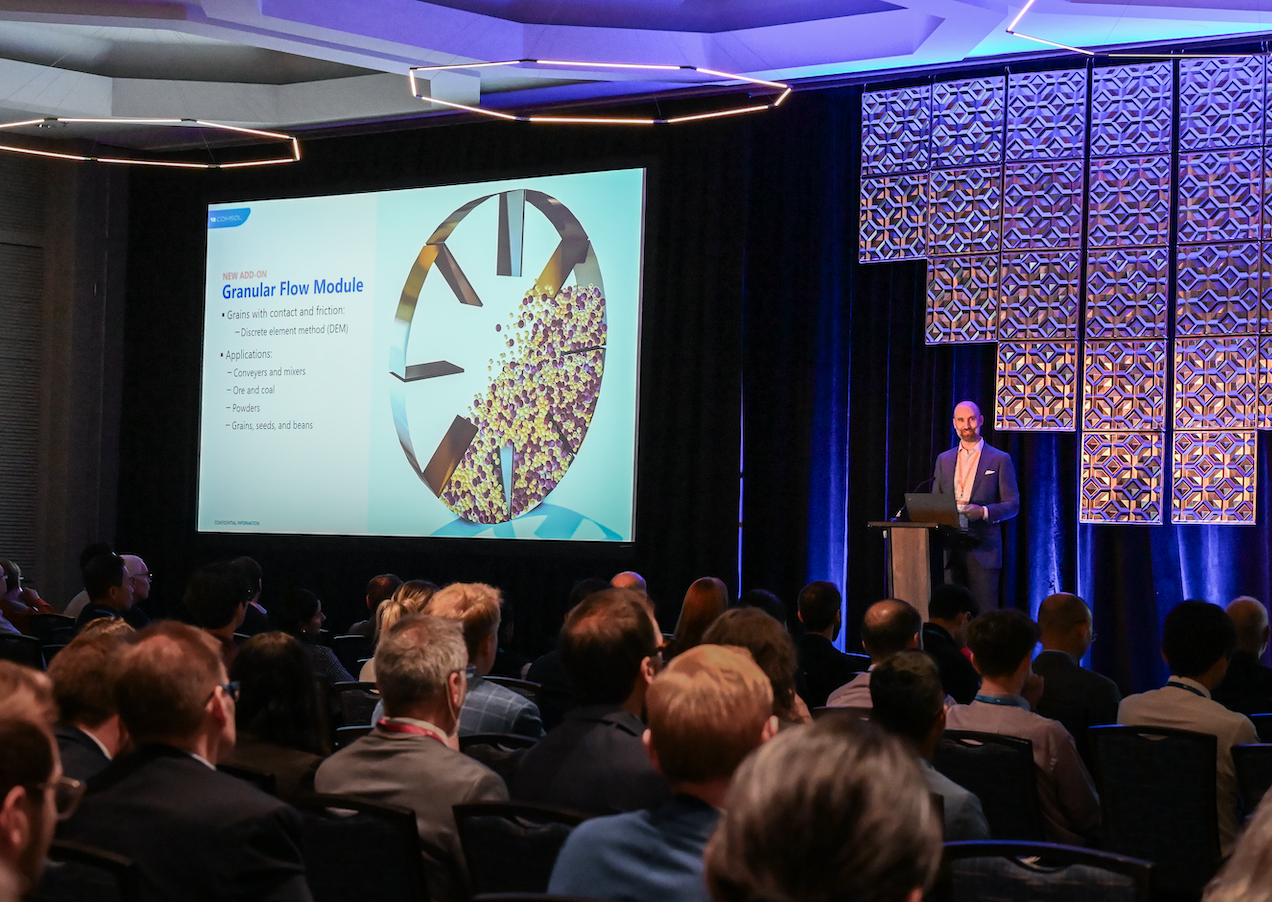
Engineers, scientists, and researchers from across North America joined us at the COMSOL Conference 2025 Boston to exchange ideas and gain inspiration from the many ways modeling and simulation is being used to drive innovation. Throughout the three-day event, attendees were able to hear keynote talks and invited talks from leaders in industry and academia, learn…
Why ROMs Cannot Completely Replace Multiphysics FEA
When working with complex, compute-intensive simulations, multiphysics events rank high. A faithful recreation of a fluid-structural or thermo-electromechanical interaction using physics solvers and mesh models could keep a team and its hardware occupied for days, jeopardizing timelines and product releases. Read more [Source: digitalengineering247.com]
Simulating Antenna Crosstalk on an Airplane

As communication systems in aviation become more complex, multiple antennas are often placed on the same airplane. This creates crosstalk, or cosite interference, which occurs between the antennas and can disturb the operation of the aircraft. The Antenna Crosstalk on an Airplane’s Fuselage tutorial model shows that you can simulate the interference between two identical antennas…
Simulation app introduces personalized oncology care
Despite improvements to the current available treatments for breast cancer, determining an accurate prognosis to guide treatment decisions remains a challenge. One approach that could help improve patient care is predictive oncology. This approach is a shift from traditional cancer treatments, instead taking patient-specific data into account in a more precise way so that oncologists can better understand how tumors…
Training Uncrewed Underwater Vehicles for Visualization of Subsurface Structures
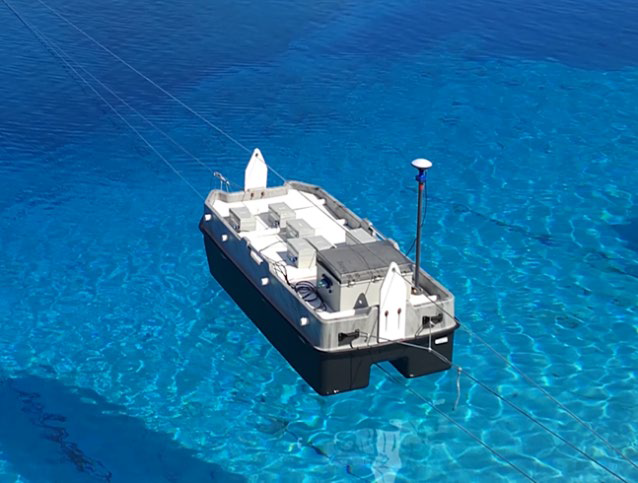
The University of Southern Mississippi builds and uses simulation apps to integrate machine learning models into the training of uncrewed underwater and surface vehicles. Read more
Fine-Tuning the CVD Process with COMSOL Multiphysics®

Chemical vapor deposition (CVD) is used in almost all semiconductor manufacturing processes, and most modern electronics would not exist without it. Notably, this process is used to produce uniformly thin films for microchips. Additional processes that incorporate CVD include corrosion prevention, glass coating, and the production of synthetic diamonds. In this blog post, we’ll give a…
Compressing the Timeline to a Fusion Future
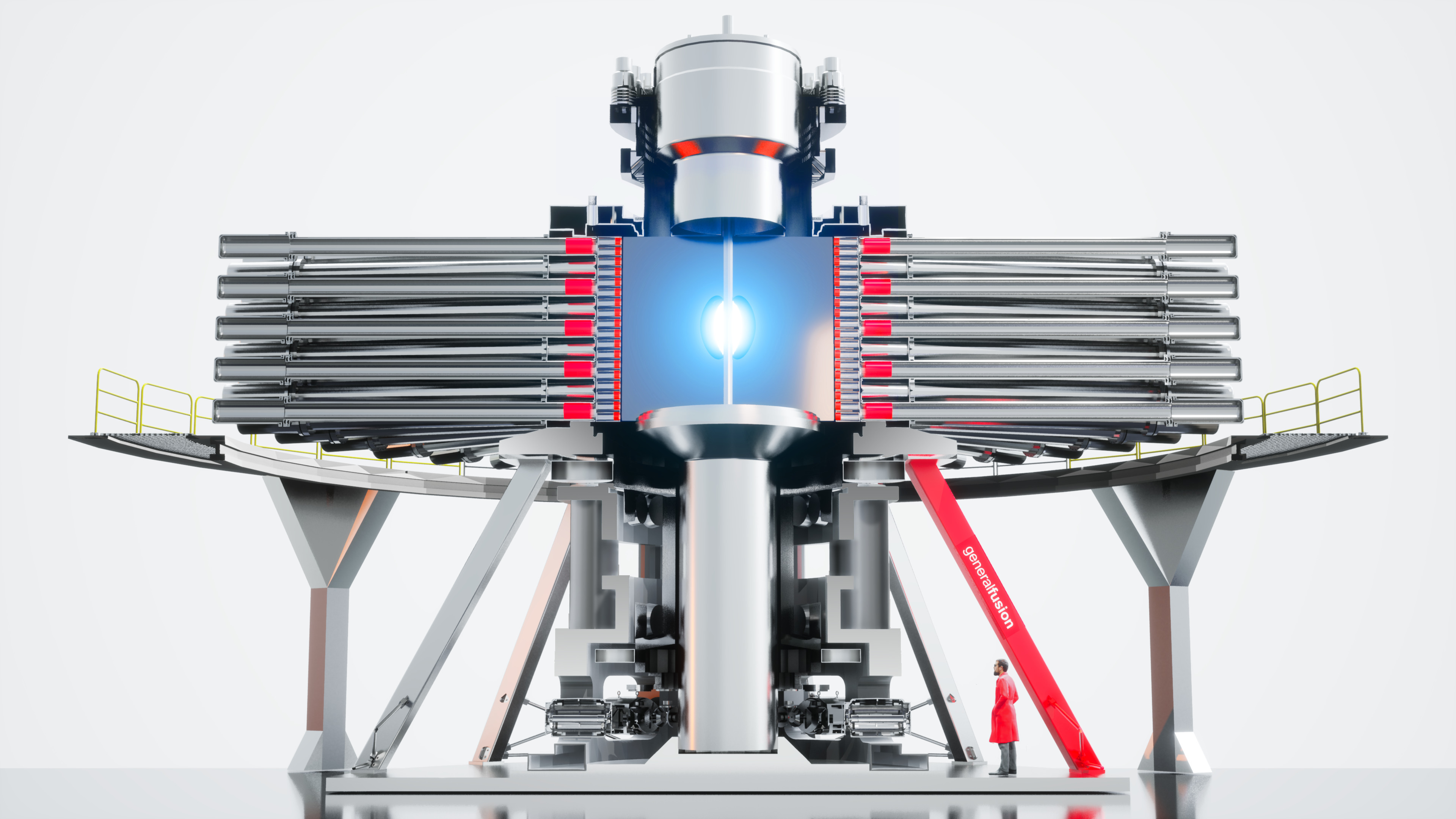
General Fusion worked with Veryst Engineering to simulate and better understand the internal behavior of a fusion demonstration machine and predict its performance. Read more

